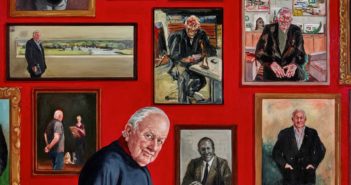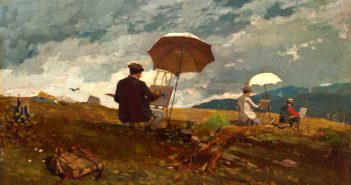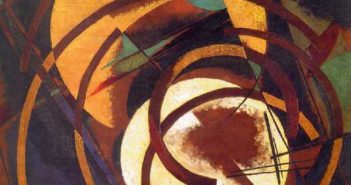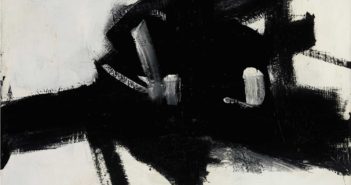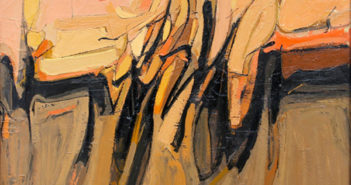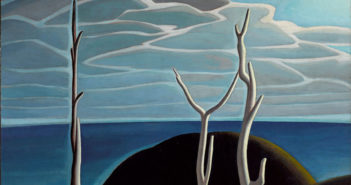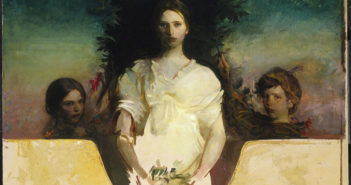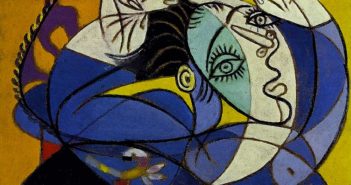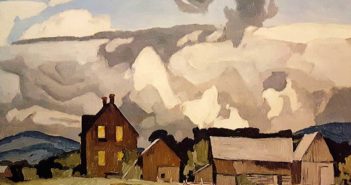
The five-minute rule
Artist Damien Hirst, describing his spot paintings made by offsite assistants at undisclosed locations, said, “They’re all a mechanical way to avoid the actual guy in a room, myself, with a blank canvas.” For Hirst, it was a way of avoiding the possibility of his own mediocrity.
Weekly, an email comes in describing similar avoidance. They usually have an elaborate end-goal in mind, but struggle, for years sometimes, to get into the activity that the goal requires. What’s the matter? The matter is fear, and fear breeds avoidance.


